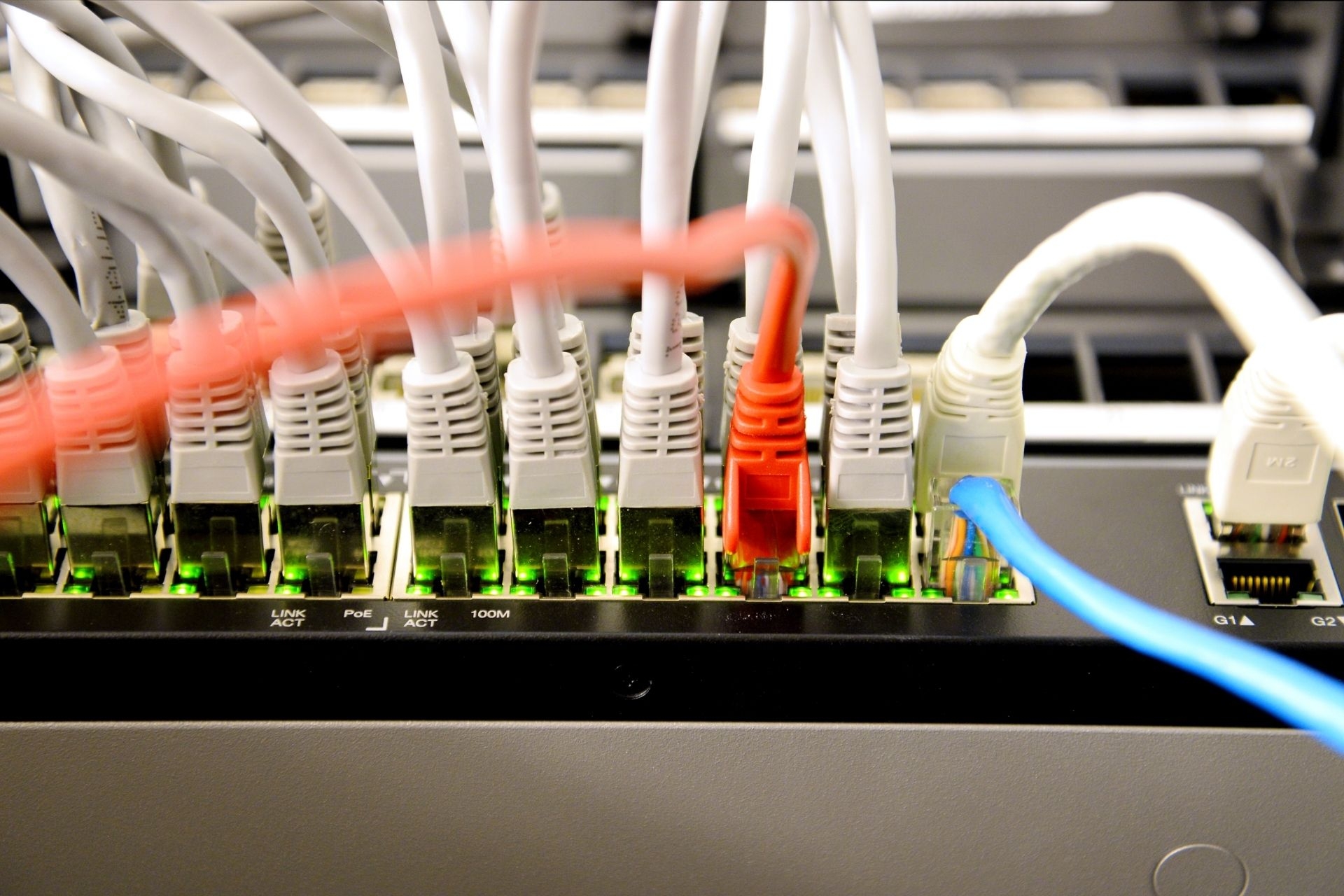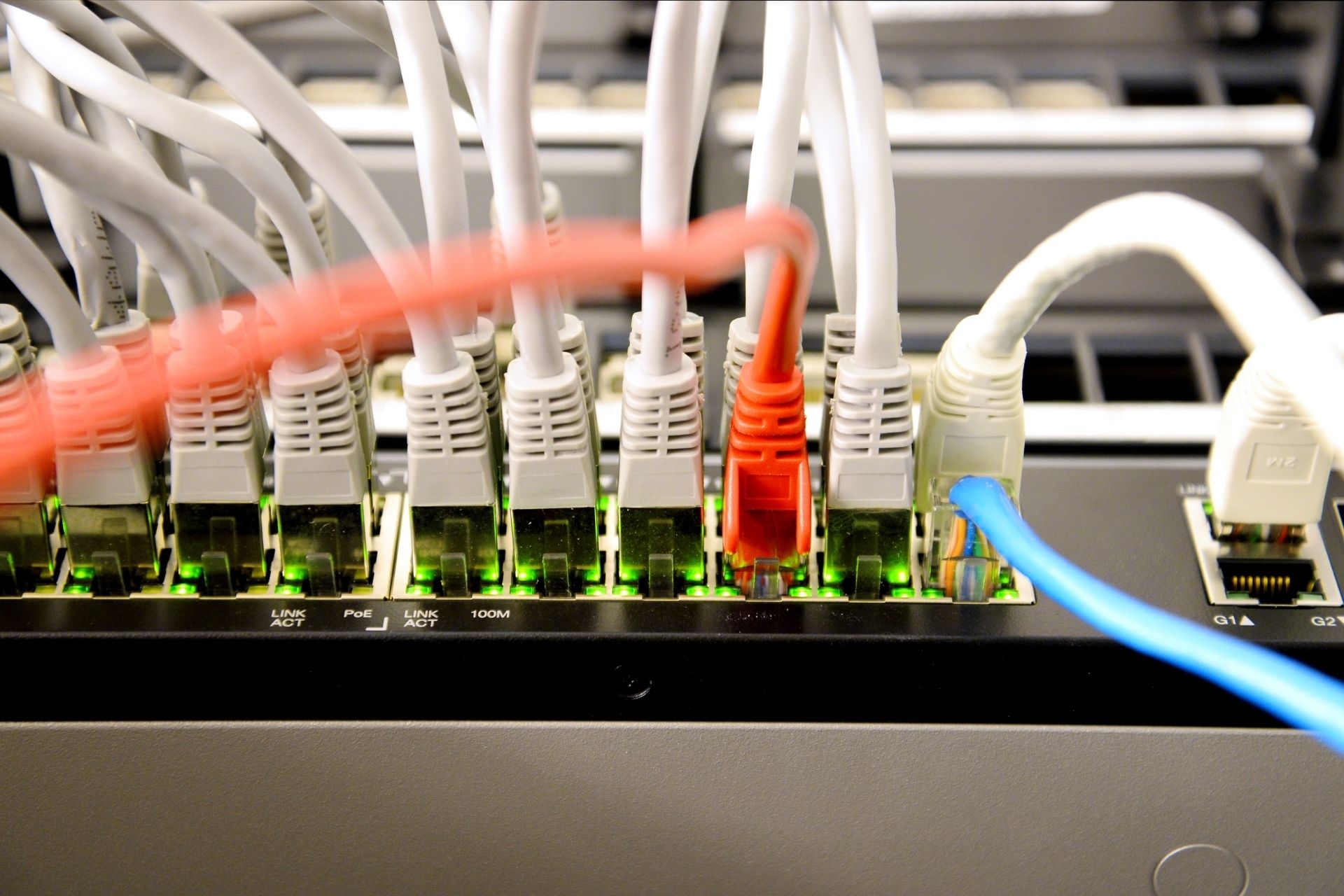Fiber Optic Cable Management
How can fiber optic cables be organized and secured within a rack-mounted enclosure?
Fiber optic cables can be organized and secured within a rack-mounted enclosure by using cable management accessories such as cable ties, cable trays, and fiber optic patch panels. Cable ties can be used to bundle and secure the cables neatly, while cable trays provide a structured pathway for the cables to follow. Fiber optic patch panels help in connecting and managing the cables efficiently within the enclosure, ensuring a clean and organized setup that minimizes the risk of damage or tangling.
Fiber Optic Internet for MDU Internet Services




